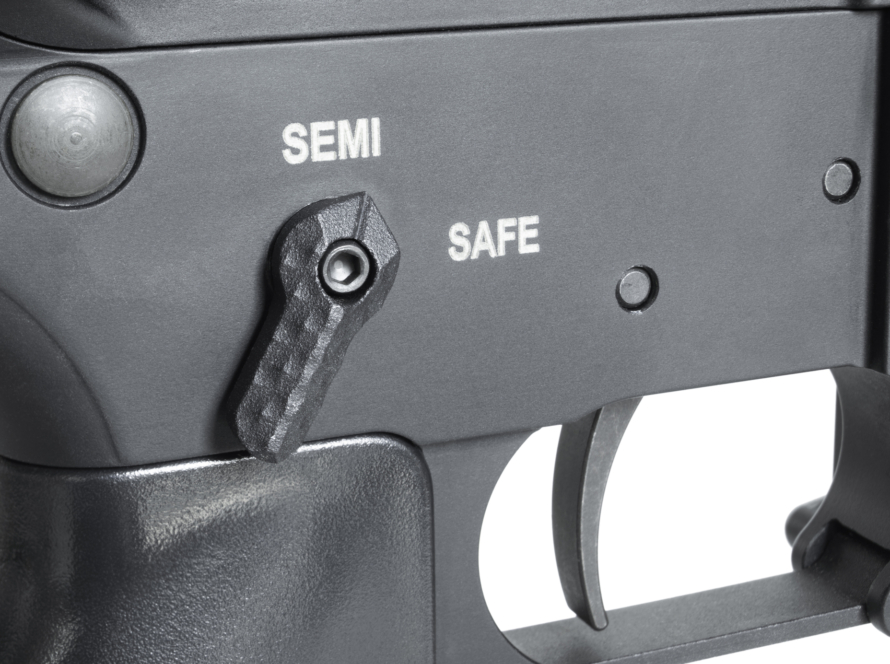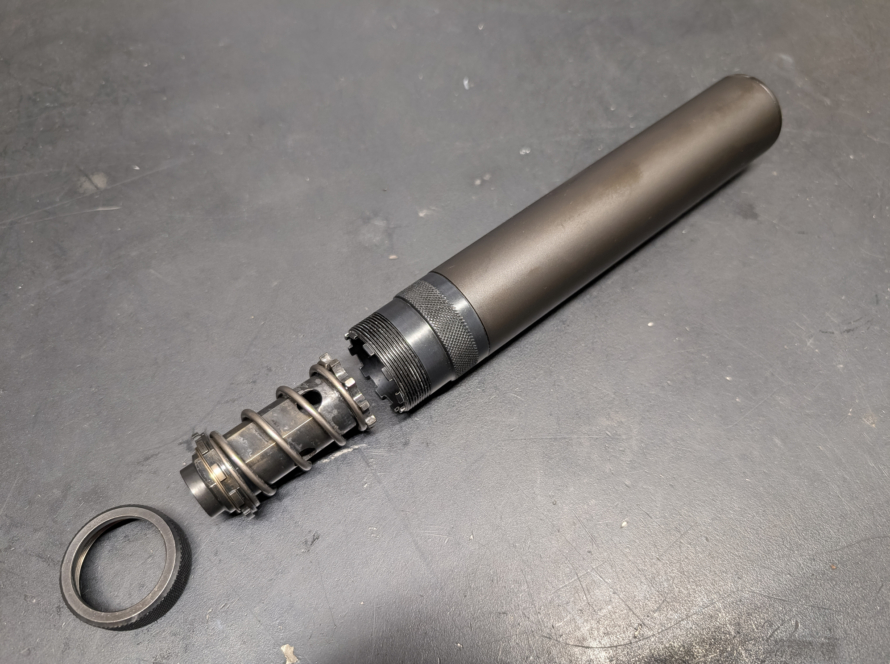Get the Most From Your Glass
Optics basics for the AR-15: red dots vs variable scopes, mounts, and a simple zeroing routine.
An optic turns your AR-15 from a point-and-hope tool into a precision instrument. Choosing the right optic, mounting it correctly, and establishing a solid zero are the finishing touches on a great build.
Choosing optics
Red dot sights are fast and ideal for close to mid ranges. Low-power variable optics (LPVOs, 1–6x, 1–8x) offer speed and some magnification for mid-range. For dedicated precision, higher-magnification scopes are appropriate.
Mounts & rings
Co-witness vs absolute-cowitness when using iron sights is an important decision. Torque mounts properly, use quality rings/mounts, and employ loctite as recommended. A solid mount is crucial for repeatable zero.
Zeroing
Start at 25–50 yards for a 100-yard zero with many AR-15 setups; follow manufacturer zeroing steps for your optic. Use a stable rest, confirm bore alignment, and adjust windage/elevation in realistic increments. Record your zero and verify with the ammo you plan to use.
Parallax & eye relief
Check parallax settings at expected engagement distances and ensure proper eye relief for fast acquisition.
Practical tip
Always zero with the same ammo and at a range that matches your intended use. If you swap barrels or uppers, re-zero.
Need an optic mount and zero? Downrange Precision Arms provides mounting, bore sighting, and live-fire zeroing.





